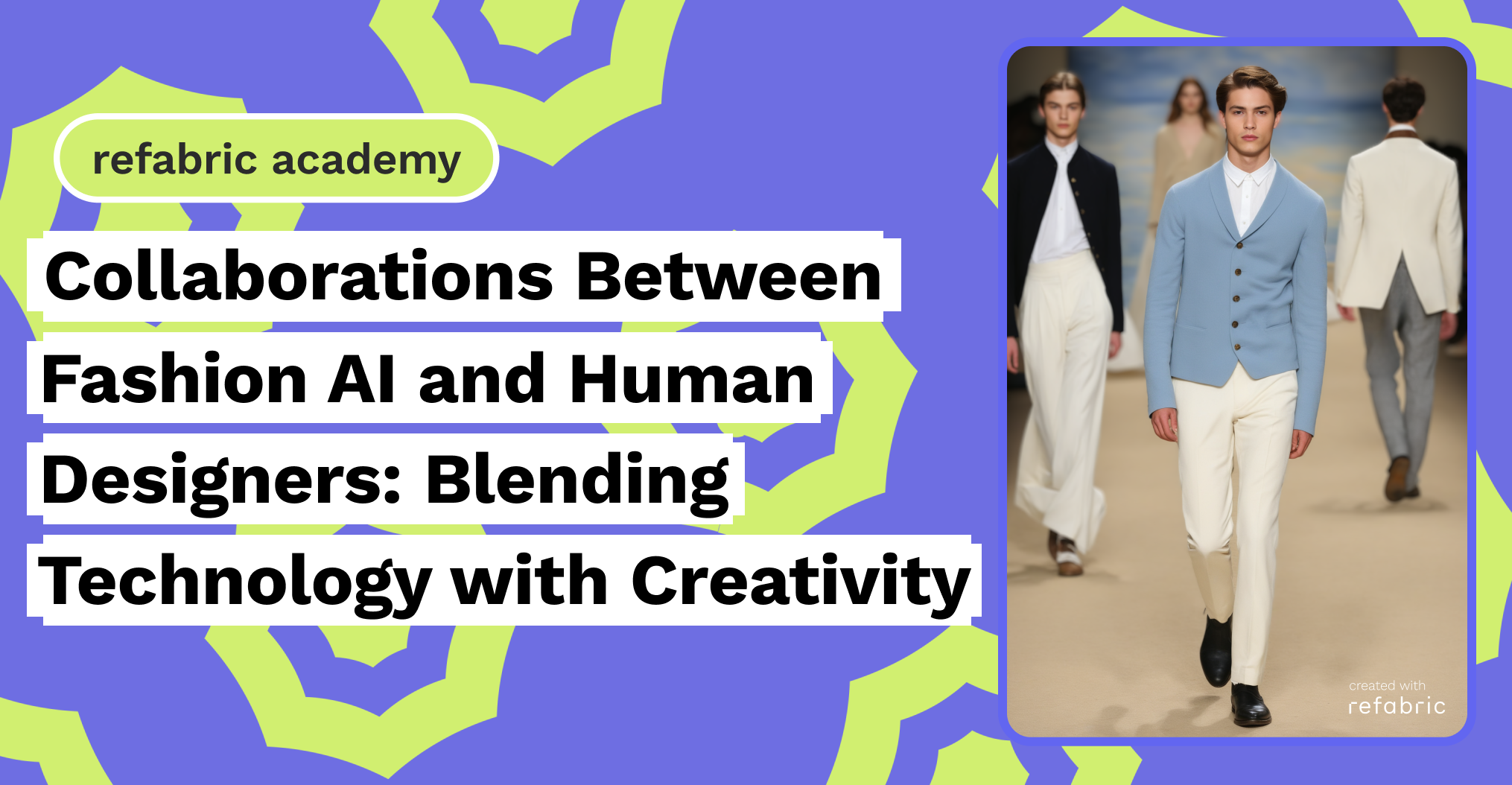In the dynamic world of fashion, the fusion of fashion AI and human creativity is forging a new path, reshaping how we conceive, create, and consume fashion. This collaboration between fashion AI and human designers is not just a technological evolution but a transformative journey that blends the precision of algorithms with the intuitive artistry of human designers. This article explores how this synergy is revolutionizing the fashion industry, highlighting key examples and the future potential of such collaborations.
Artificial intelligence in fashion design encompasses various technologies, including machine learning, computer vision, and natural language processing. These technologies enable AI systems to analyze vast amounts of data, identify trends, and even generate new design concepts. AI algorithms can quickly process information from fashion shows, social media, and retail trends, providing insights that would take humans significantly longer to discern. This capability allows designers to draw inspiration from an extensive database of fashion styles, colors, and patterns, leading to innovative and personalized creations.
Fashion AI: Enhancing Human Creativity
While fashion AI can generate ideas and patterns, it is the human touch that infuses these designs with cultural relevance, emotional depth, and artistic expression. Human designers bring a nuanced understanding of aesthetics, cultural contexts, and individual preferences that fashion AI cannot fully replicate. The collaboration between AI and human designers thus becomes a powerful tool, where technology enhances creativity rather than replacing it.
For example, renowned fashion designer Iris van Herpen has seamlessly integrated AI and 3D printing into her work, creating intricate designs that are both futuristic and rooted in artistic craftsmanship. Her collaboration with fashion AI has resulted in groundbreaking pieces that push the boundaries of traditional fashion, demonstrating how technology can serve as an extension of the designer’s vision.
Practical Applications in the Fashion Industry
AI-human collaborations are increasingly visible across various stages of the fashion design and production process. In the initial design phase, fashion AI can assist by providing trend forecasts and generating preliminary design concepts based on market data and consumer preferences. Designers can then refine these concepts, adding their unique touch and creativity to the final product. Also, AI-driven automation in fabric cutting, pattern making, and quality control ensures precision and efficiency, reducing waste and speeding up production timelines. This not only enhances the overall quality of garments but also supports sustainable practices in the fashion industry.
Challenges and Ethical Considerations
Despite the numerous benefits, the integration of AI in fashion design comes with its challenges. One major concern is the potential loss of jobs due to increased automation. However, it is essential to view AI as a tool that augments human capabilities rather than replaces them. By embracing AI, designers can focus more on the creative aspects of their work, leaving repetitive and data-intensive tasks to machines.
Moreover, ethical considerations regarding data privacy and intellectual property must be addressed. Ensuring that AI systems are trained on diverse and representative datasets is crucial to avoid biases and promote inclusivity in fashion. Designers and tech developers must collaborate to establish ethical guidelines that balance innovation with responsibility.
The Future of AI-Human Collaboration in Fashion
The future of fashion lies in the seamless integration of AI and human creativity. As technology continues to evolve, we can expect even more sophisticated AI tools that provide designers with unprecedented levels of insight and inspiration. Virtual reality (VR) and augmented reality (AR) are poised to further enhance this collaboration, allowing designers to create and experience their work in immersive environments.
In conclusion, the partnership between AI and human designers is not about choosing technology over creativity but about leveraging the strengths of both. By embracing this collaboration, the fashion industry can achieve new heights of innovation, sustainability, and personalization, crafting a future where technology and artistry coexist harmoniously. As we move forward, the key will be to maintain a balance that respects the human element while harnessing the power of AI to create truly exceptional fashion.
